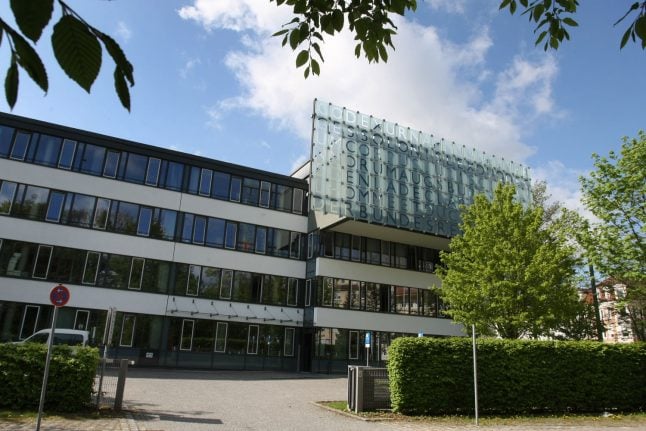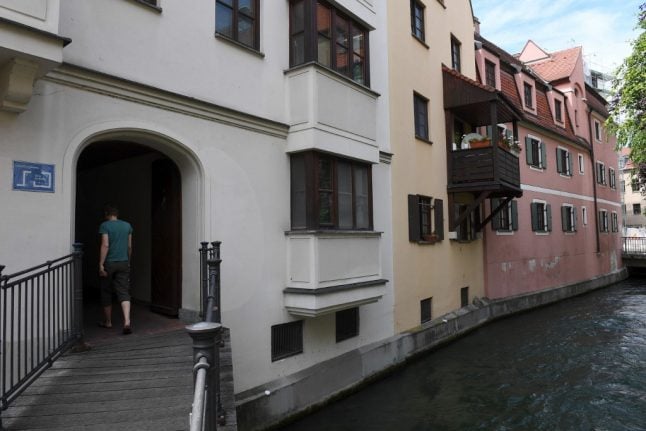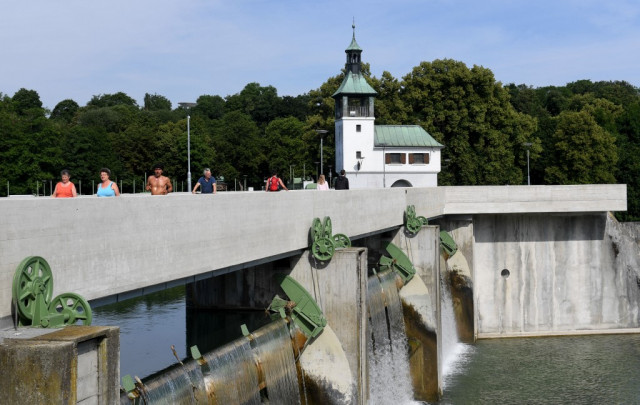The 43-year-old fell from the third floor of the criminal justice centre in Augsburg on Tuesday, in what his office is assuming is a suicide.
At the time, two different school groups were visiting the centre.
Though medics were initially able to revive him, he later died due to his serious injuries, according to chief prosecutor Matthias Nickolai.
The lead prosecutor added that they had ruled out any third party being responsible for the death.
Trained police crisis counselors as well as school pastors were brought in to provide psychological assistance to the eye witnesses.
Police are currently investigating the background of the apparent suicide.
An anonymous, toll-free suicide hotline can be reached at 0800 111 0 111, or 0800 111 0 222. An English international hotline can also be reached at 030-44 01 06 07.




 Please whitelist us to continue reading.
Please whitelist us to continue reading.